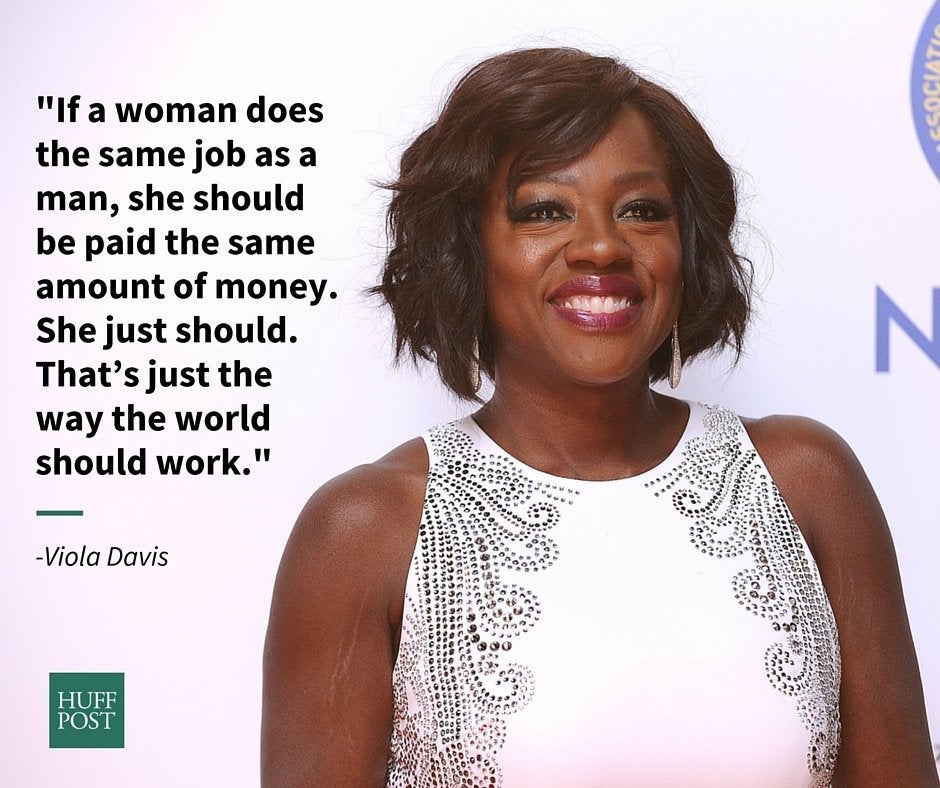
The Washington Post union and its management are divided over whether there's really a gender and racial pay gap in the newsroom. And far from being a debate just over dollars and cents, the issue is illustrative of the bigger problem we have as a society when it comes to hiring, promoting, and championing women and people of color in the workplace.
The Post's union published data this week showing that reporters who are women and people of color make about 20 percent less than what white men make at the company. But management says the problem is with how the data is analyzed, rather than any actual bias, conscious or not. A representative from the Post's management told media blogger Eric Wemple that simple average or median numbers don't give the full picture, because they don't account for "experience and role" at the company.
This tension constantly comes up when people discuss the pay gap, and it's important to understanding systemic bias.
The general pay gap for working adults in the United States is about 22 cents on the dollar, and hasn’t really budged since 2001, according to a White House report from 2015. Yet a March study by Glassdoor found that when you account for things like education, occupation and work experience, women only make about 5 percent less than men.
However, those things you can control for tell a story of inequality. How women and people of color are educated, which fields they choose, how much time they have to take out of the workplace to have kids and how often they are promoted all affect their earning potential. There are biases at every step, and those biases begin in childhood.
The pay gap is not just about paying people doing the same job the same amount. It’s also about hiring and promoting women and minorities at the same rate. If the pay gap disappears when you control for factors like position and experience, there might be unconscious bias in hiring and promotion.
In the Washington Post's case, it likely means that white men have more experience and better, higher-paid roles within the company than women and people of color. That might not be the exact same issue as paying people differently for the same job, but there's still a problem there.
Controlling the data doesn't erase the problem, it just shows you exactly which problem your company has.
CORRECTION: Language has been amended to note that the Post's union found the 20 percent pay discrepancy between reporters at the company, rather than all employees.

